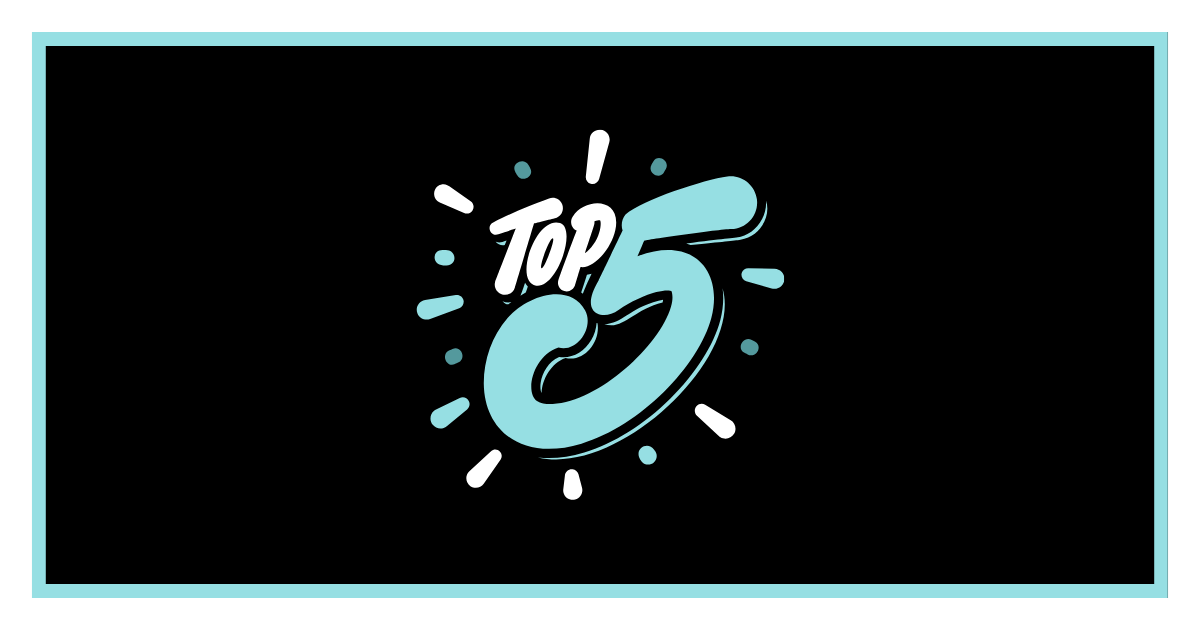The Snowball Method for paying off debt is a strategy that focuses on starting with the smallest debts and progressively working towards the larger ones.
It's just one of many strategies but the Debt Snowball Method is great for those looking to build off early wins and keep momentum going.
We break down how this method works, its pros and cons, and throw in a real-life example.
How The Debt Snowball Method Works
Using the Debt Snowball Method your focus is on starting small and gaining momentum. Here's the step-by-step breakdown of how it works:
List Your Debts:
Begin by listing all your debts, from the smallest balance to the largest. Include the total amount owed, minimum monthly payments, and interest rates.
Order by Balance:
Unlike other methods that prioritize interest rates, the Snowball Method sorts debts from smallest to largest balance. This approach aims to create quick wins for psychological motivation.
Pay Minimums, Except the Smallest:
Maintain minimum payments on all debts except the smallest one. For the smallest debt, throw every available dollar at it. This is where the snowball starts rolling.
Snowball Grows:
As you knock off smaller debts, the amount you were allocating to them is added to the next smallest debt. The snowball grows, gaining momentum with each paid-off debt.
The amount you were channeling into your paid off debts now joins forces with the next smallest one. Like a growing snowball, your repayment power gains momentum with each debt you pay off.
Repeat Until Debt-Free:
Repeat this process until you've plowed through all your debts. The snowball effect means you'll tackle larger debts with increasing force.
In essence, the Debt Snowball Method isn't just about paying off debts—it's a transformative journey. It's about celebrating small victories and gaining financial discipline.
Is The Snowball Method A Good Way To Pay Off Debt?
Without a doubt, the Debt Snowball Method isn't just good—it's a financial strategy that can be your ticket to debt-freedom. Let's take a look at why:
Psychological Boost:
Quick wins with paying off smaller debts provide a psychological boost, keeping you motivated for the long journey.
These smaller wins inject positivity into your debt repayment journey and keep you on track to achieving your debt-free goals.
Momentum Matters:
When it comes to debt repayment, momentum is your biggest ally. The Debt Snowball Method aligns with this principle, placing emphasis on knocking down smaller debts first.
Why?
Because every conquered debt contributes to the snowball's growing momentum. It's not just about paying off debts; it's about building financial discipline and habits that become second nature as you progress.
Simplified Approach:
The simplicity of the Snowball Method makes it accessible and easy to follow.
No intricate calculations or convoluted plans—just a straightforward, step-by-step journey from debt to financial freedom.
So, is the Snowball Method a good way to pay off debt? It's not just good; it's great. It's the embodiment of small victories, continuous progress, and the unwavering belief that, yes, you can conquer your financial goals, one debt at a time.
What Are Advantages Of Using The Debt Snowball Method?
Here are 3 advantages of using the Debt Snowball Method:
1. Quick Victories:
The advantage lies in the method's approach to starting with smaller debts because it sets the stage for quick victories.
Conquering a smaller debt provides a tangible sense of accomplishment—an emotional win that can't be measured in dollars and cents.
2. Fueling Your Commitment:
Success breeds success. As you triumph over smaller debts, your commitment to the debt repayment journey grows stronger.
It's a psychological loop where accomplishments fuel determination, propelling you forward with each conquered debt.
3. A Personalized Journey:
Debt is personal, and so is your journey to financial freedom. The Debt Snowball Method recognizes this by offering a personalized approach that aligns with your emotions and motivations.
It's not just about the dollars you save; it's about the confidence you gain.
What Is A Disadvantage Of Using The Debt Snowball Method?
Here is one major disadvantage of using the Debt Snowball Method:
Potential for Higher Costs:
By prioritizing smaller balances over higher-interest debts, you might find yourself accumulating more interest in the long run. Interest accrual is one of the main reasons why student loans are so hard to pay off.
If a debt with a higher interest rate is lurking at the bottom of your snowball, the method's emphasis on starting small may lead to a paradox.
While you relish the psychological wins of paying off smaller debts, the higher-interest debts could be accumulating more interest, ultimately costing you more in the long run.
An Example Of The Debt Snowball Method
Meet Sam, who has three debts:
Credit Card: $500 (Minimum Payment: $50)
Personal Loan: $2,000 (Minimum Payment: $150)
Student Loan: $10,000 (Minimum Payment: $200)
Following the Snowball Method:
1. Attack the Credit Card:
Sam puts every extra dollar toward the $500 credit card debt, paying it off in two months.
2. Snowball Grows to Personal Loan:
Now, Sam allocates the $50 from the paid-off credit card plus the initial $150 minimum payment to the personal loan, making it $200 per month.
3. Continue to the Student Loan:
The snowball keeps growing. Once the personal loan is settled, Sam applies the $200 to the student loan, turning it into $400 per month.
4. Snowball Plows Through Student Loan:
Sam conquers the student loan with increasing force, thanks to the growing snowball.
Final Thoughts On The Debt Snowball Method
The Debt Snowball Method isn't just about plowing through your debt balances; it's about building financial resilience and celebrating small victories.
After each debt you pay off, celebrate. You earned it! This will keep you motivated and on the right path.
If you combine the snowball method and these key components of successful budgeting then you will be debt free in no time. You got this!




